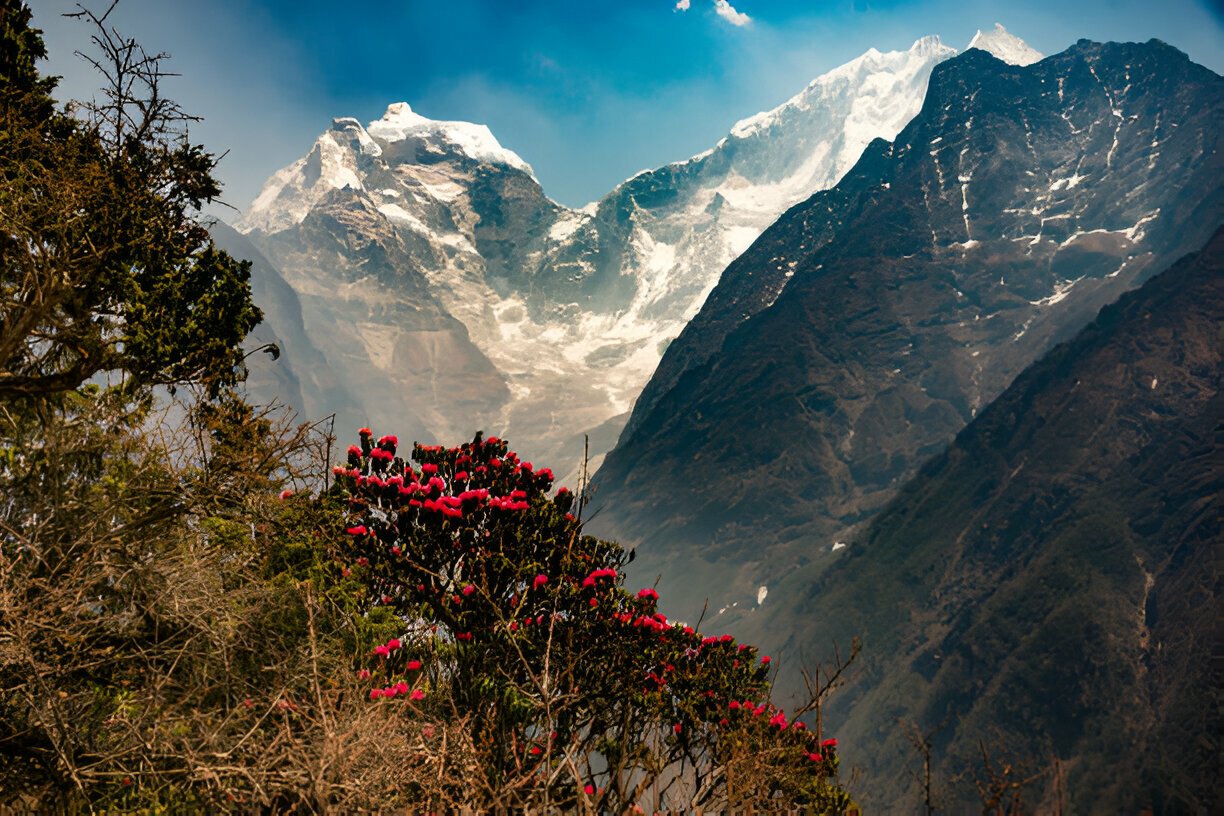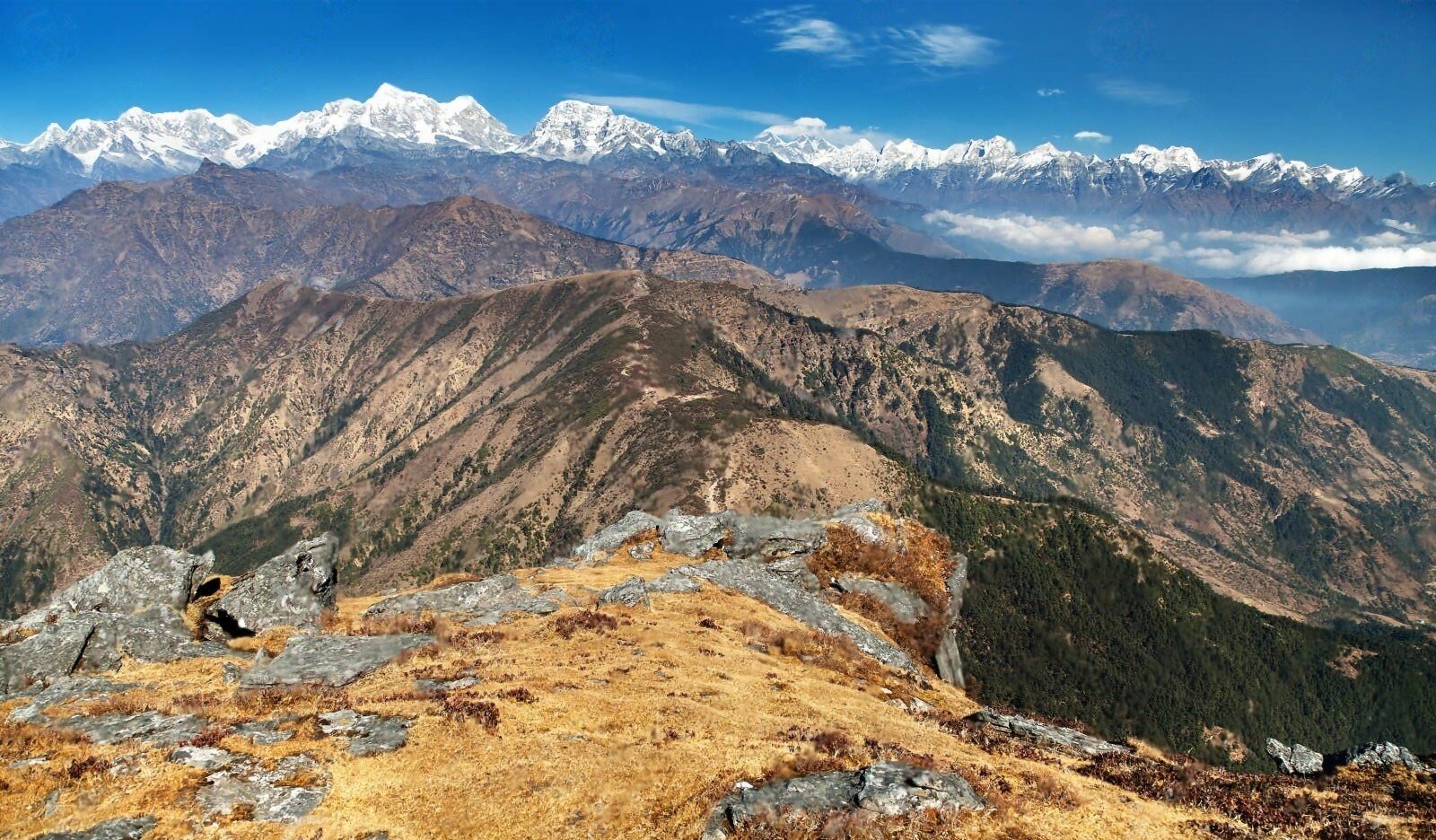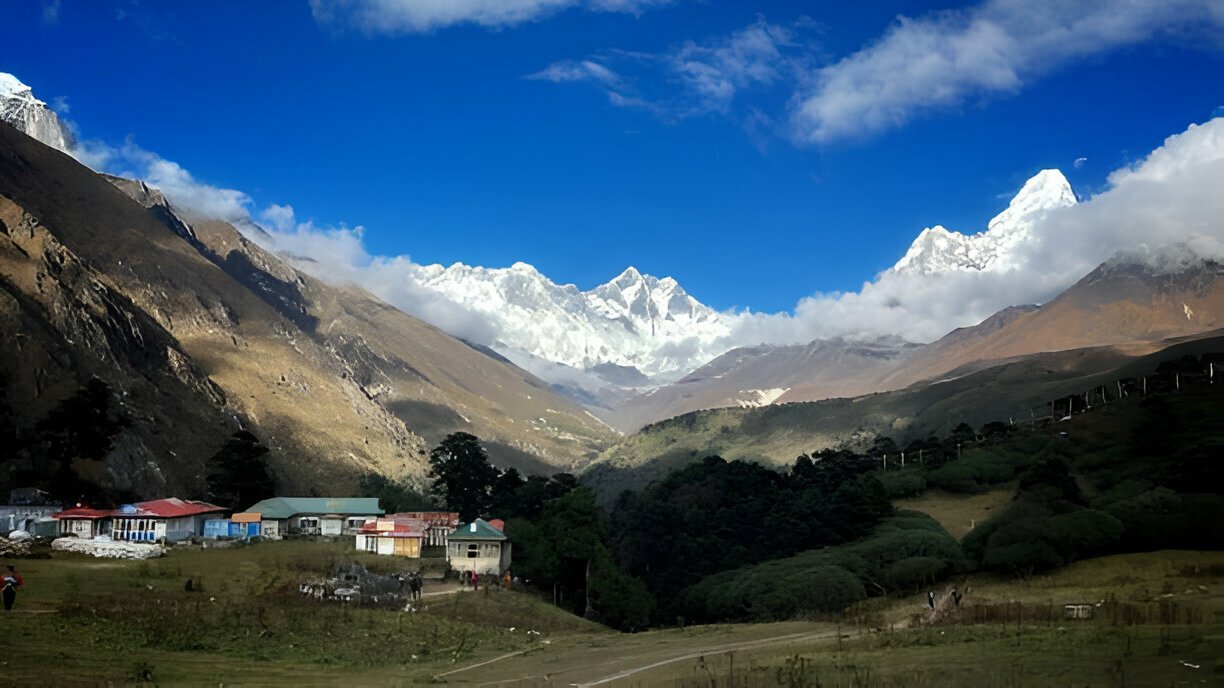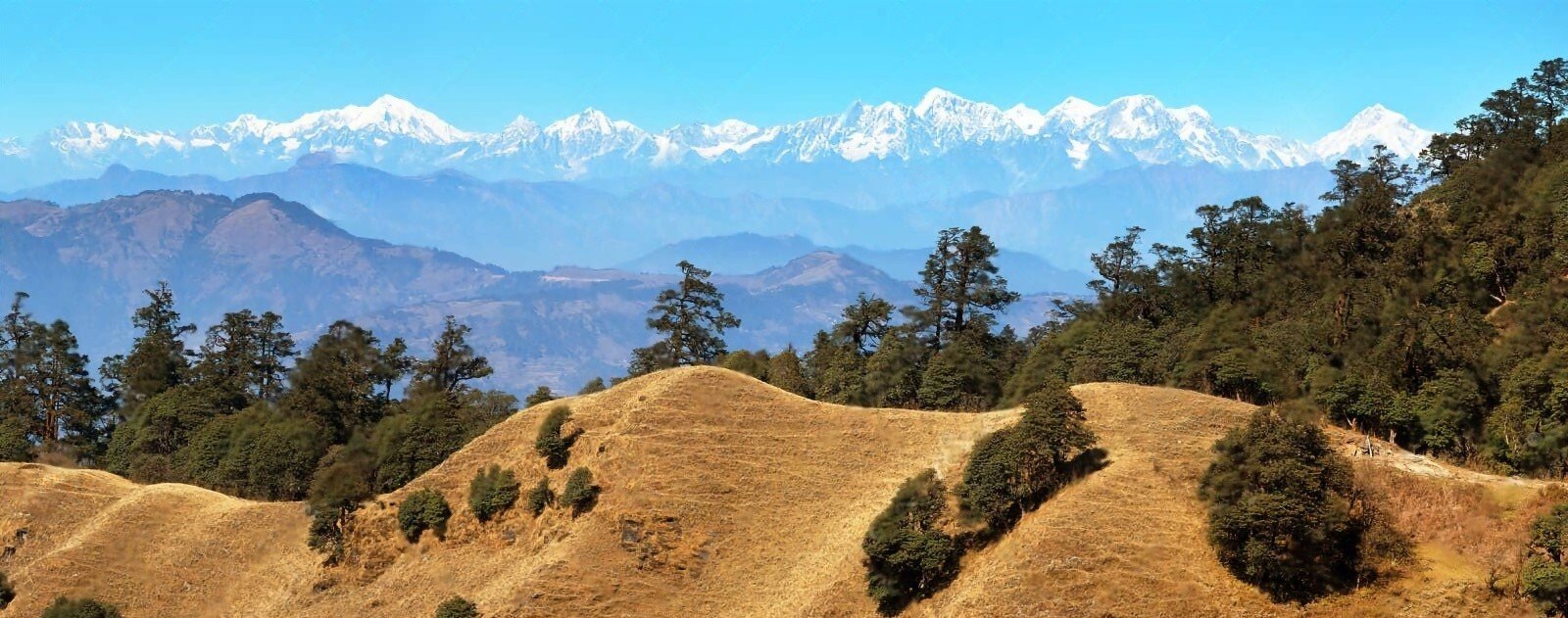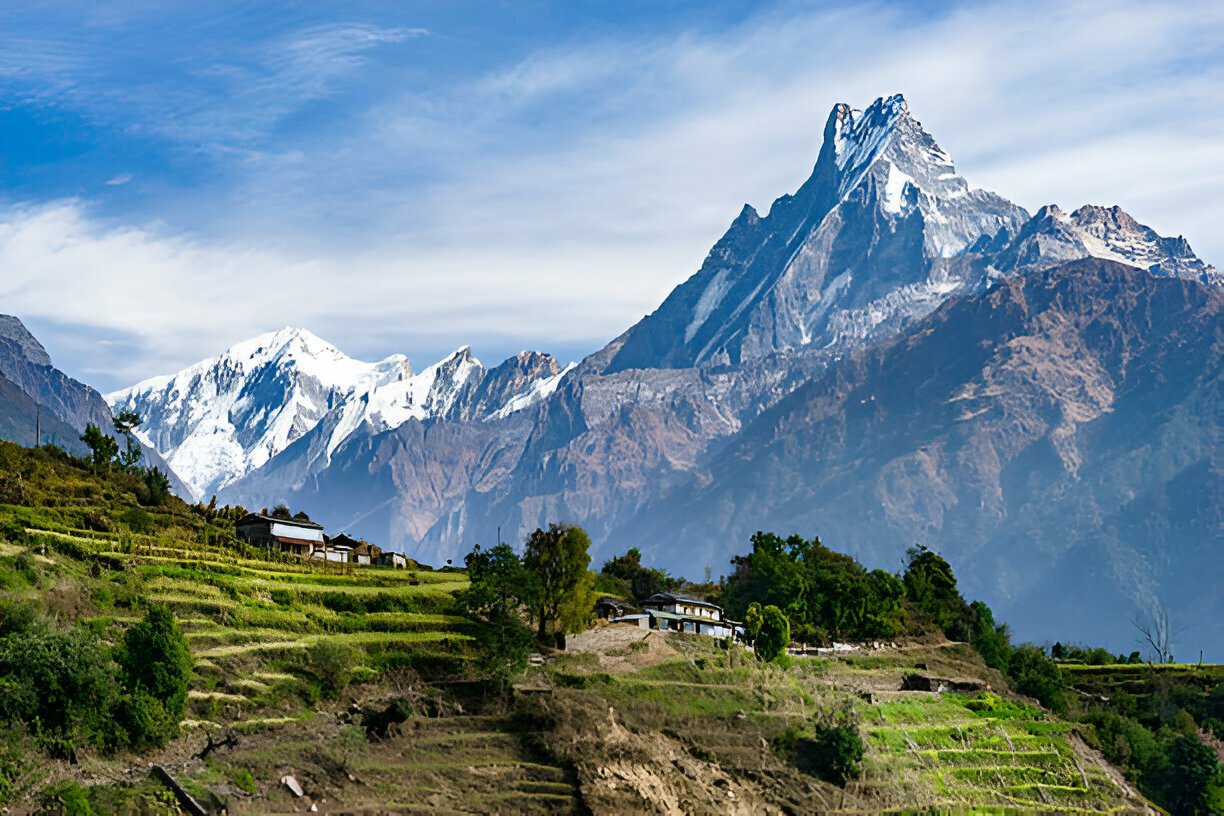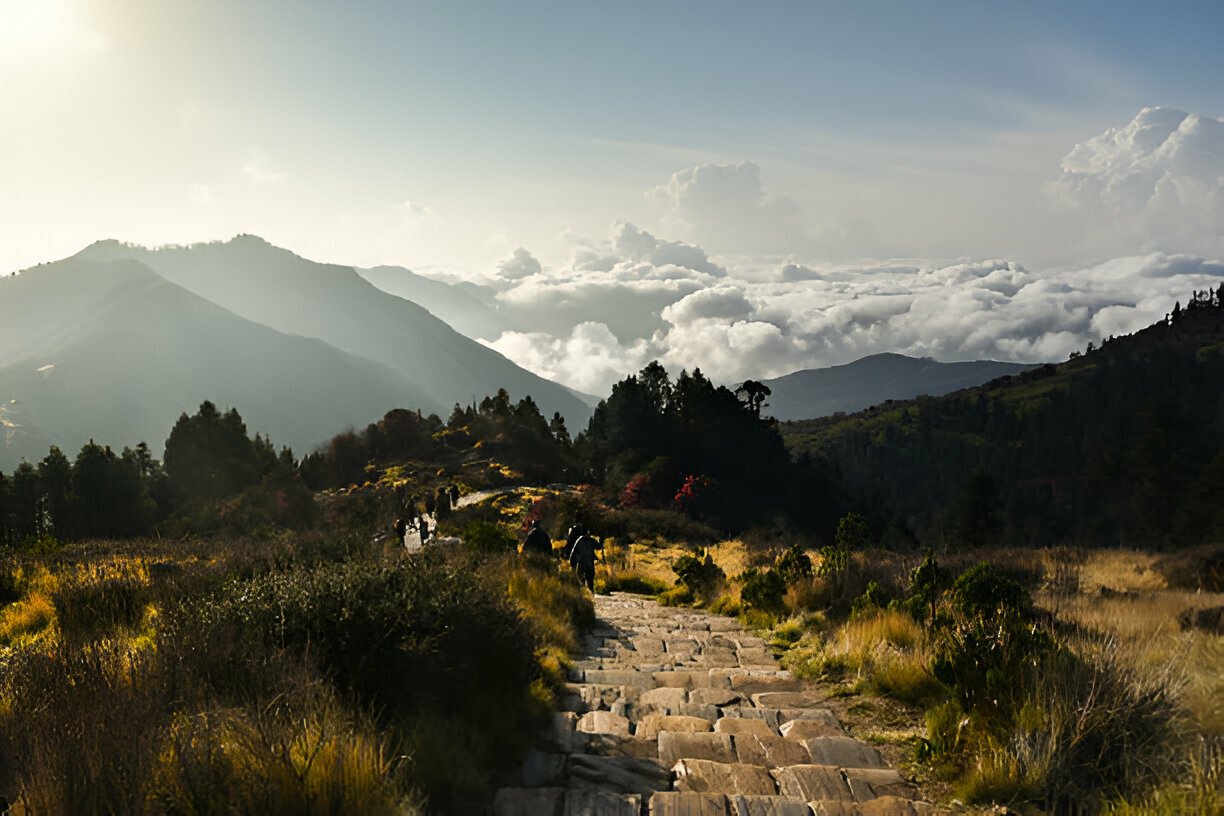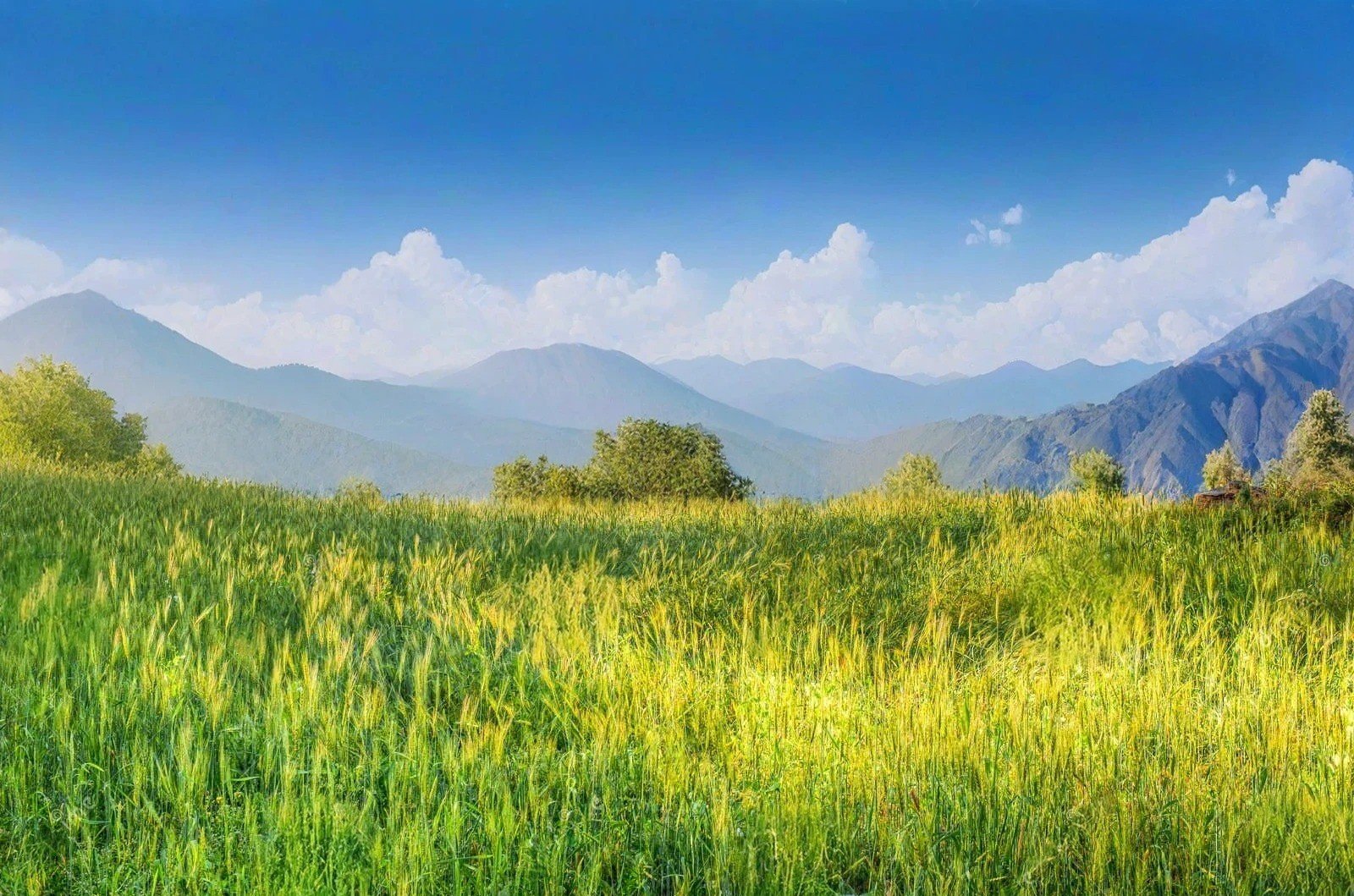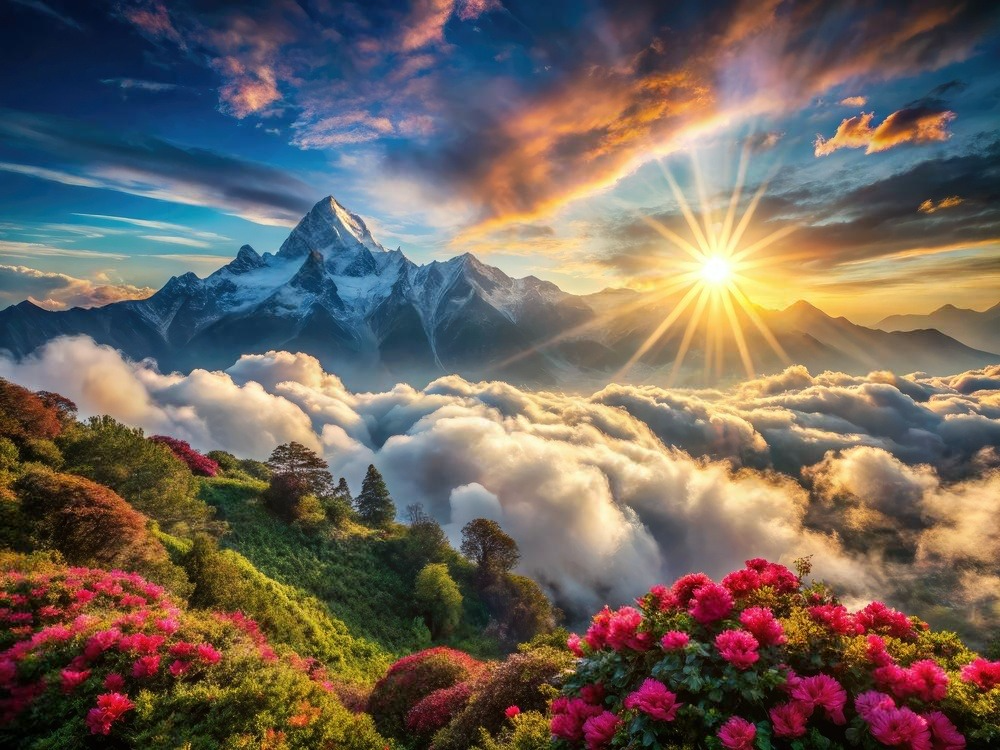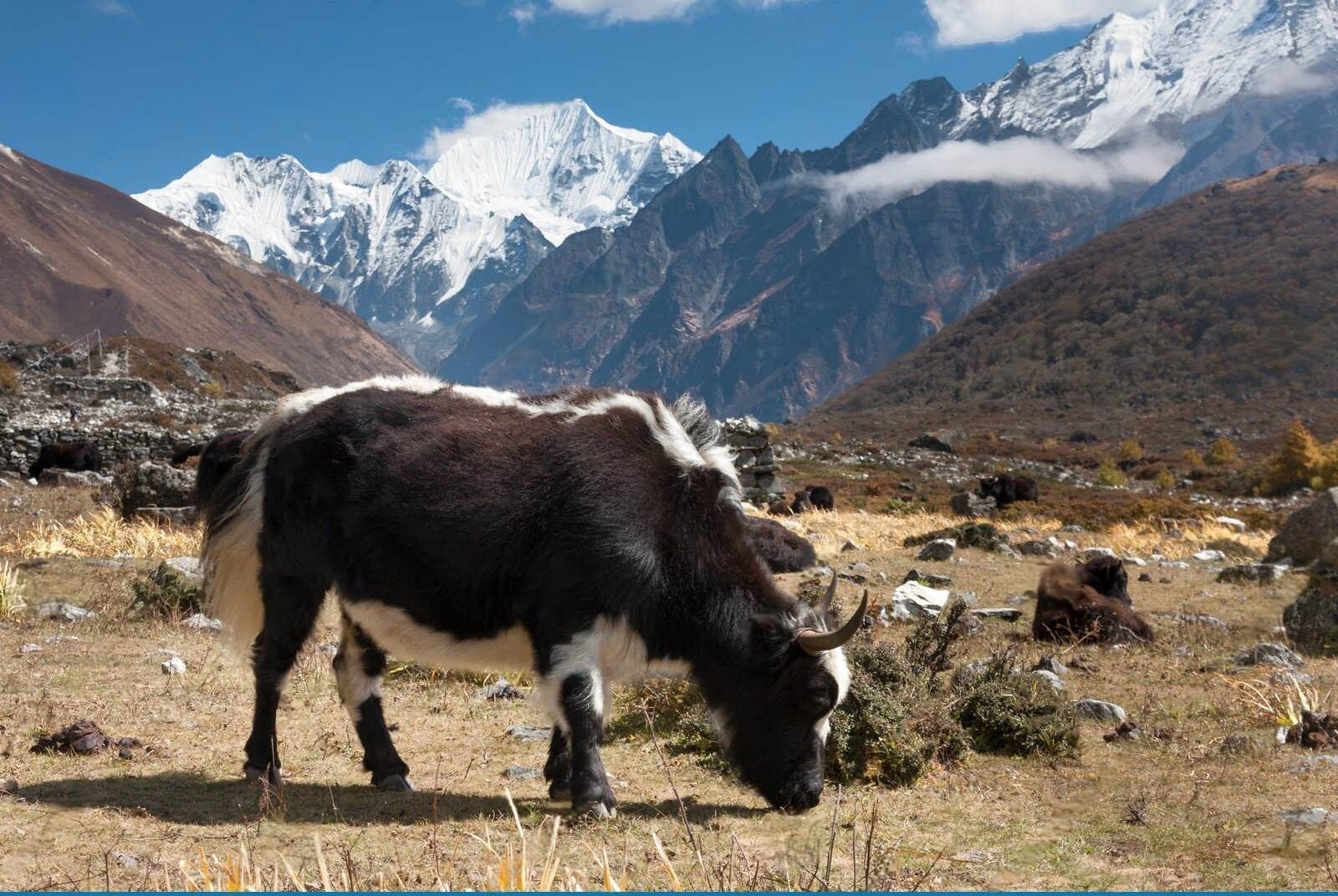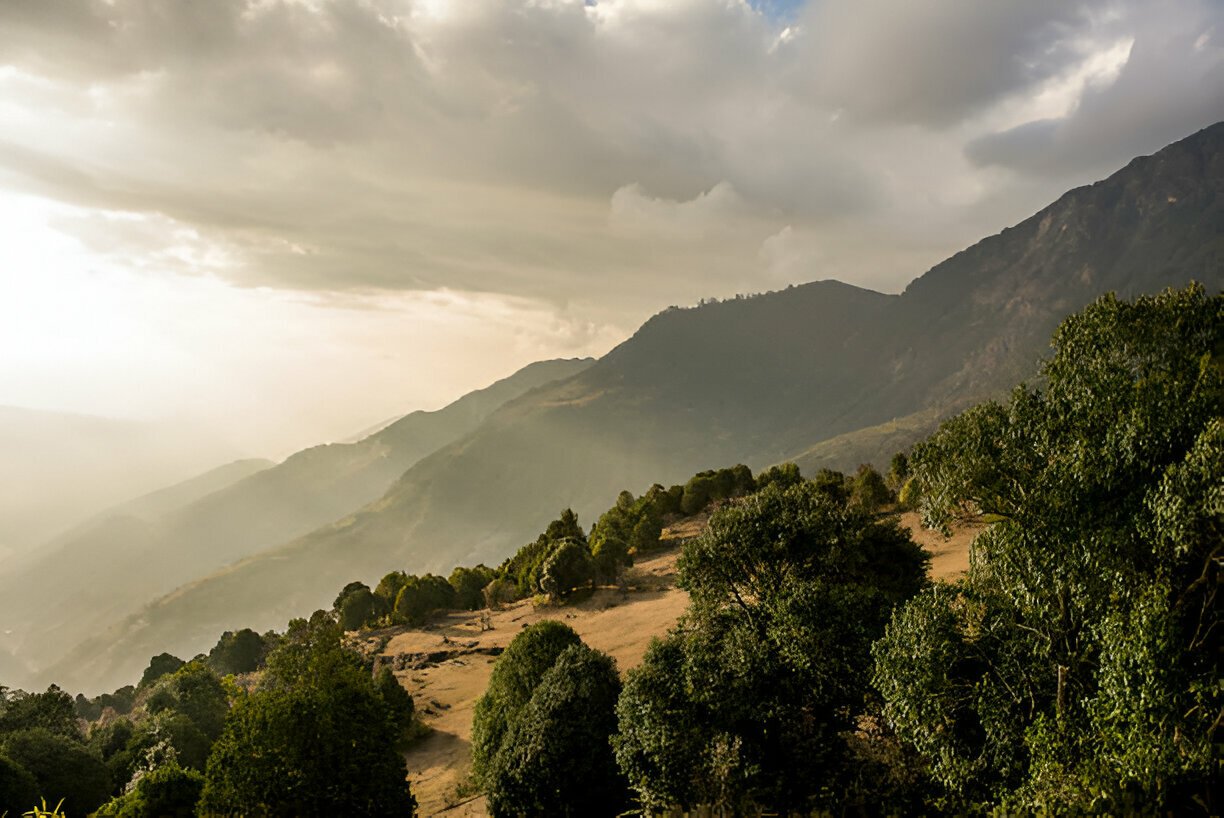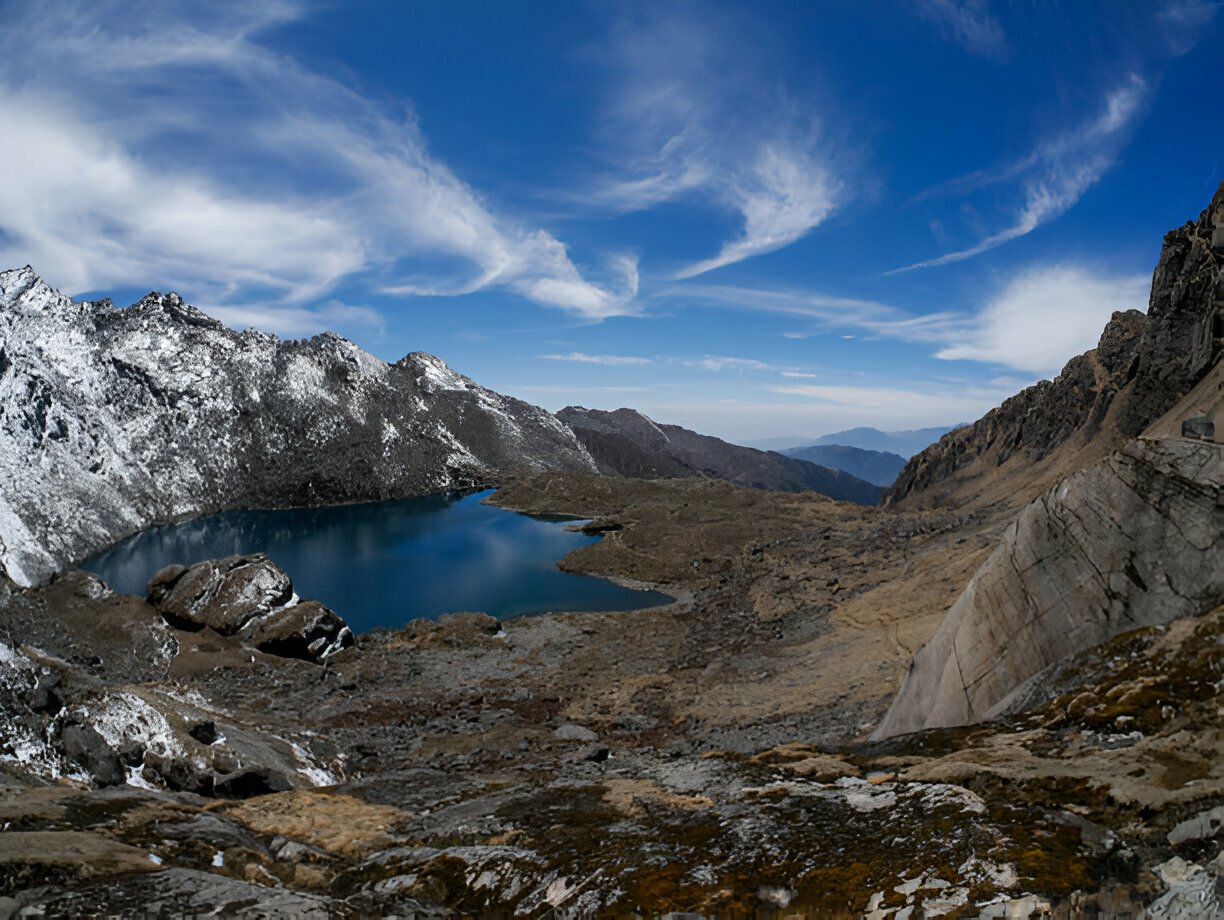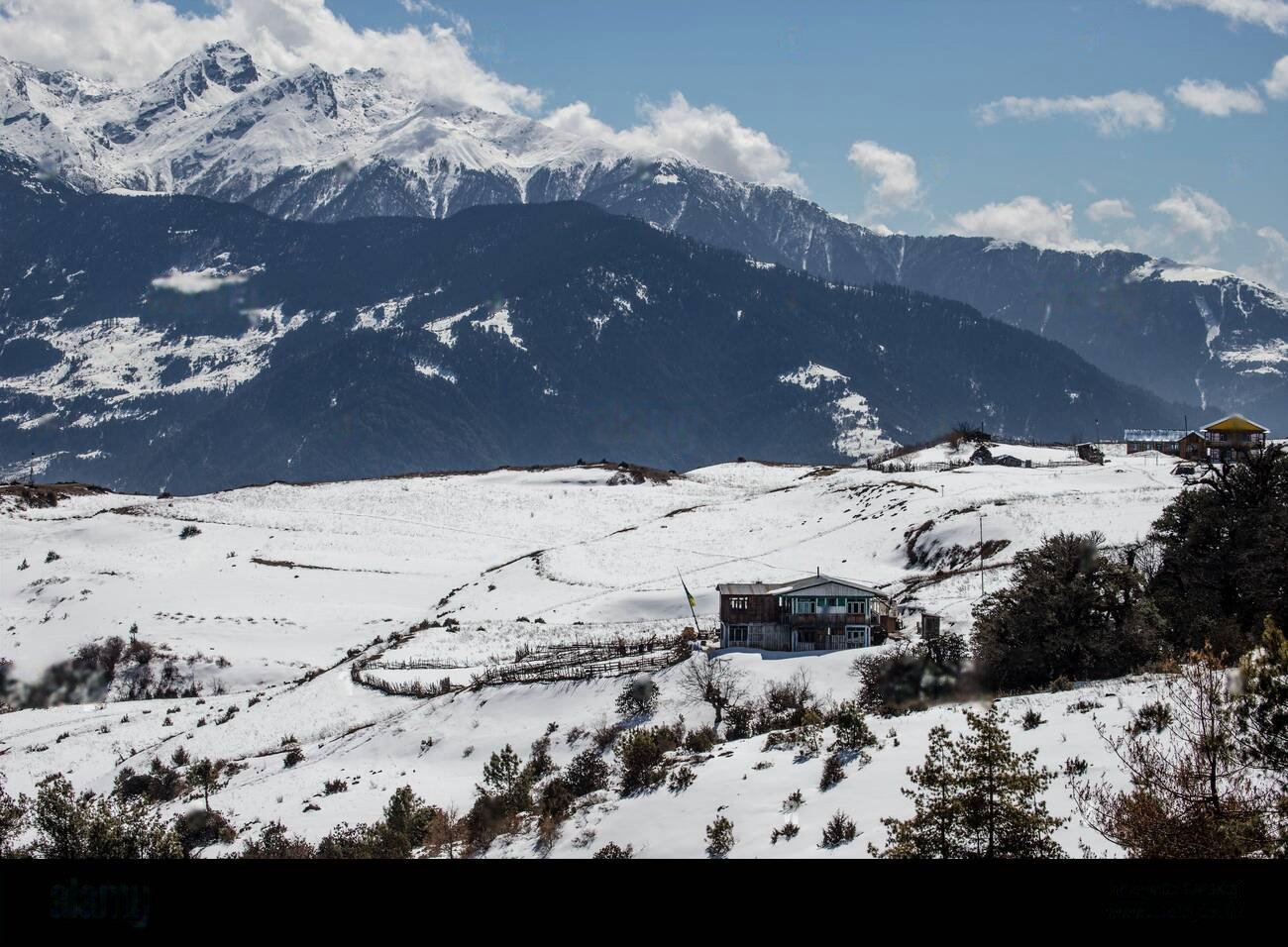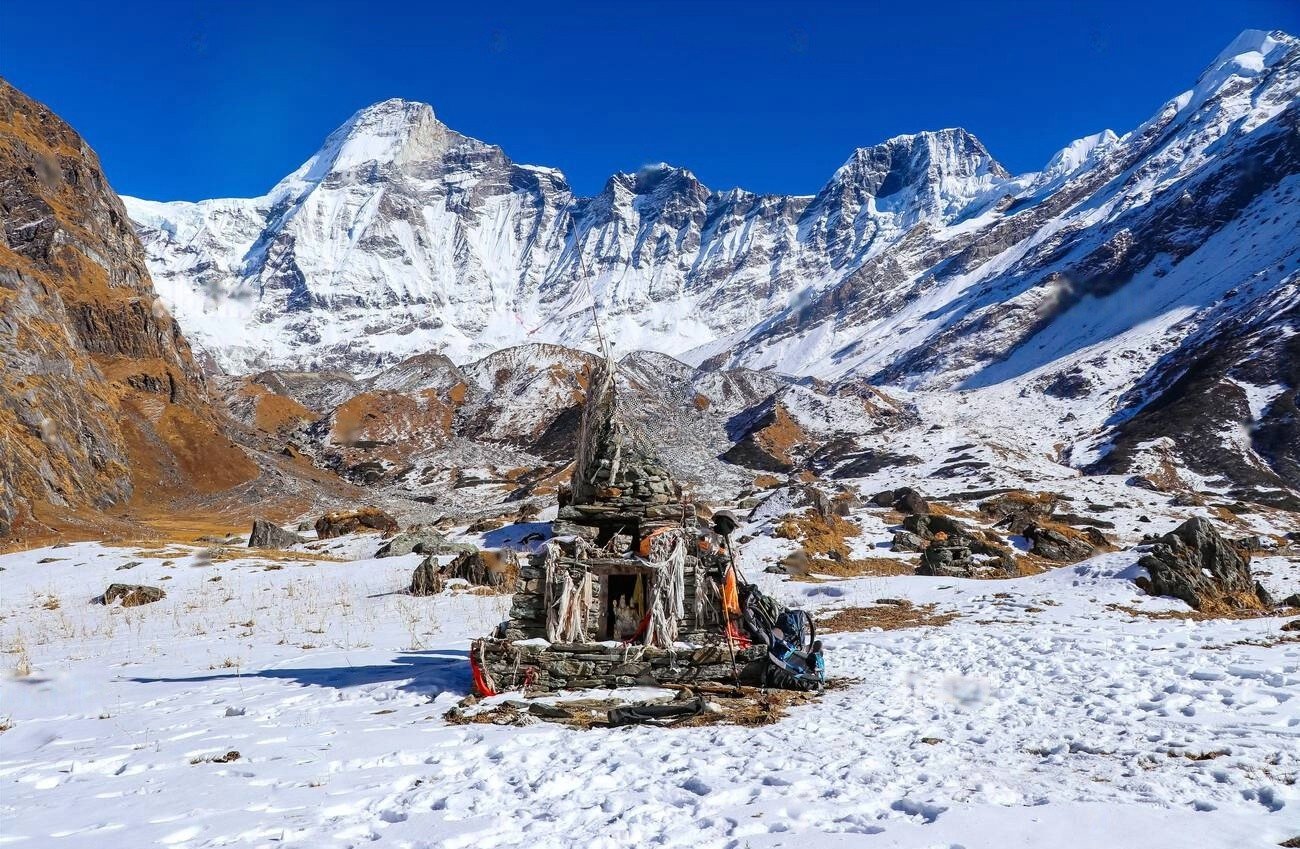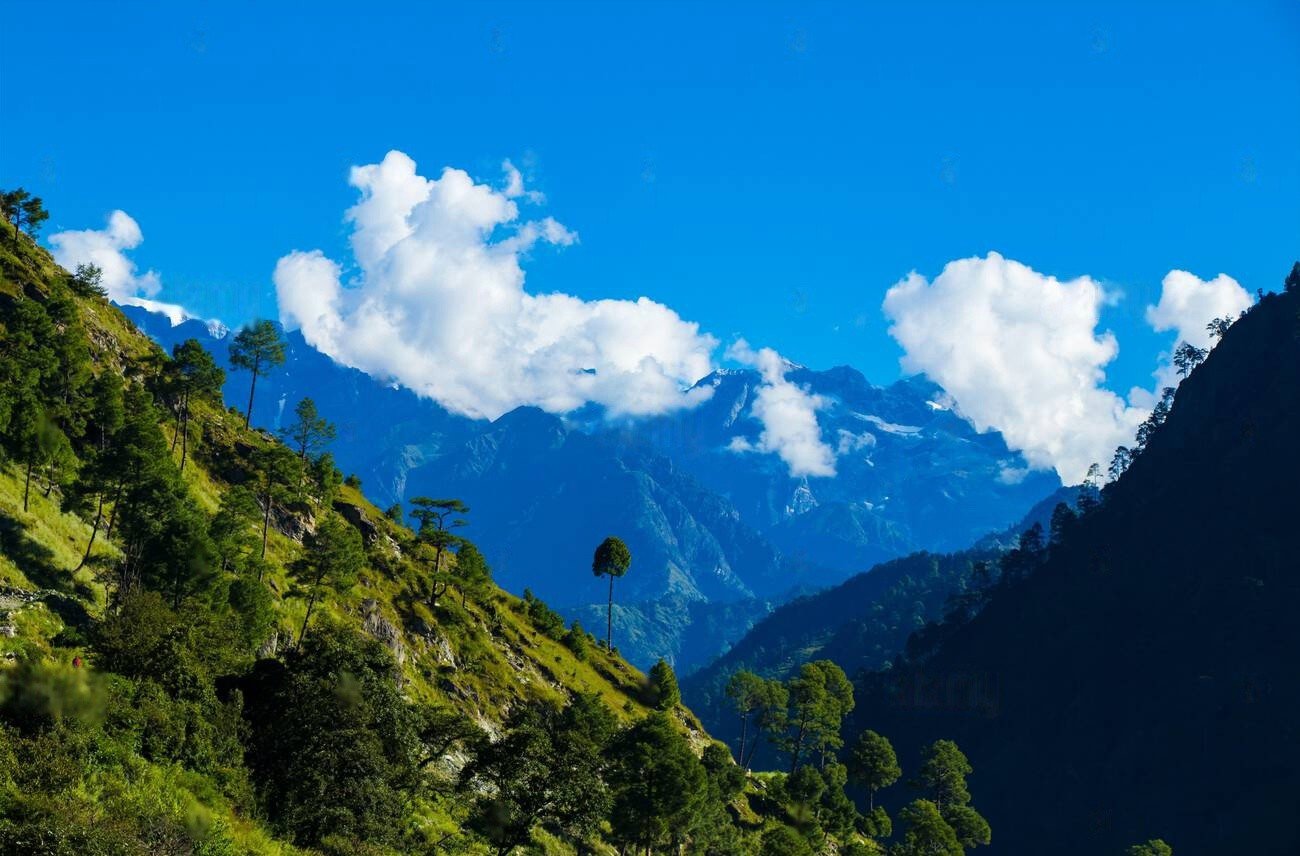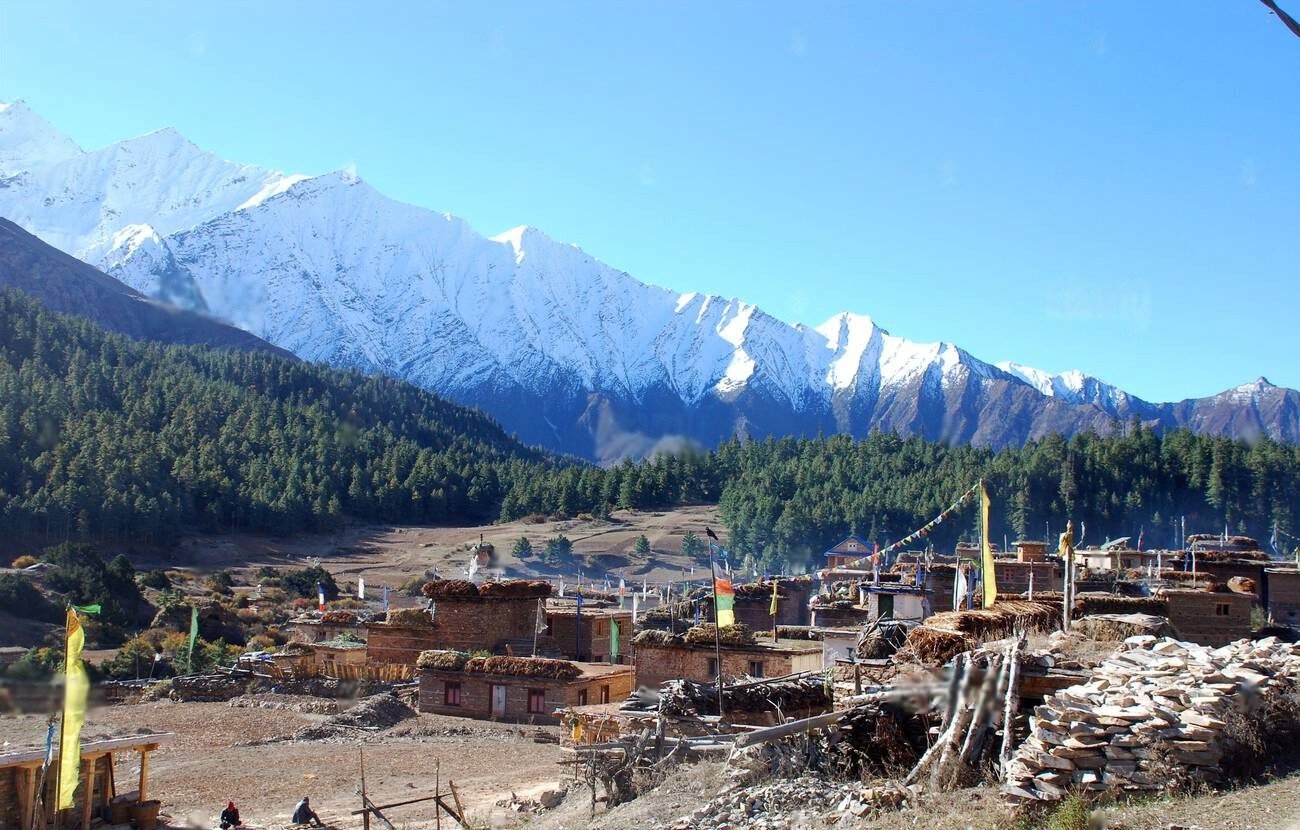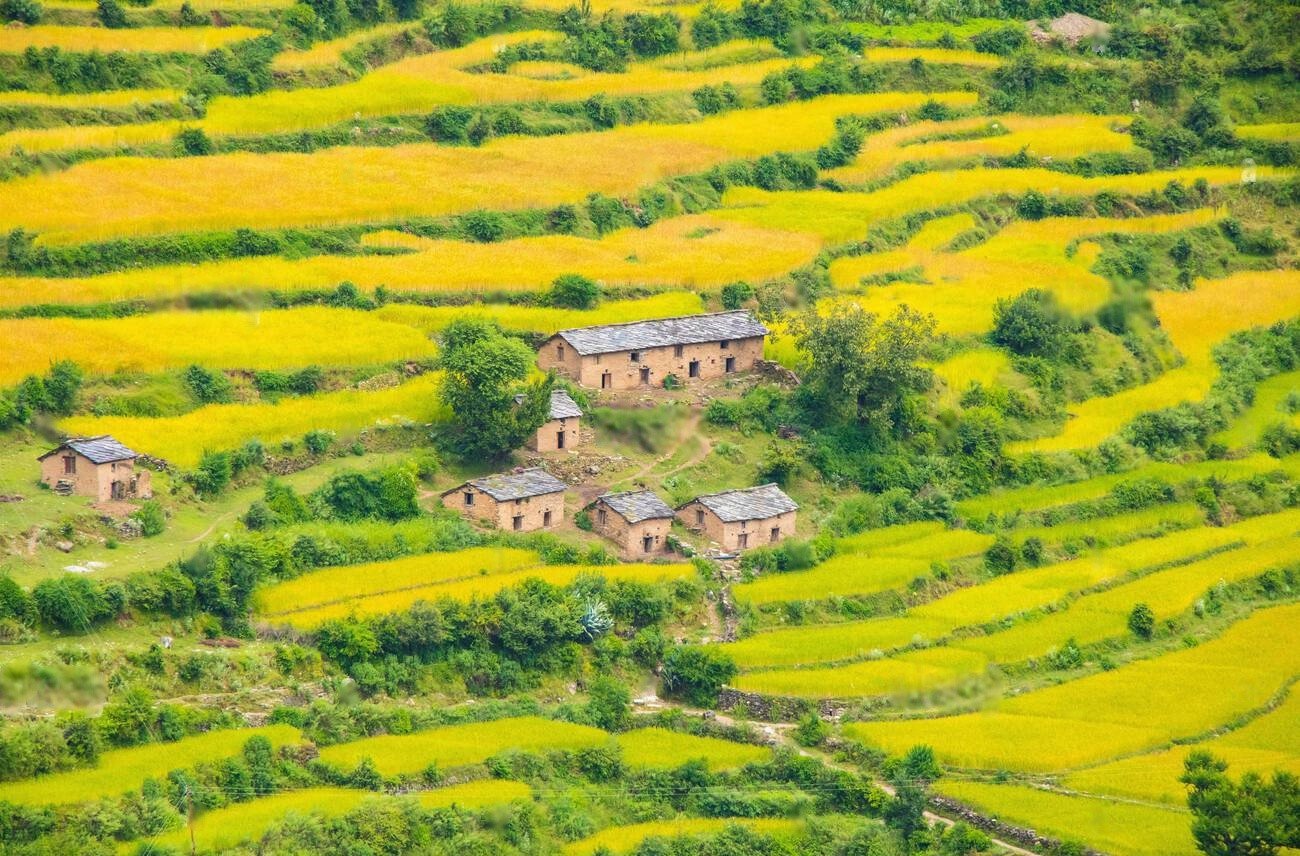 About this Trip
About this Trip
The Api Base Camp Trek represents a true frontier experience in Himalayan adventure. What distinguishes this trek is the perfect balance of challenging wilderness exploration with profound cultural discovery in Nepal's least-visited yet most captivating regions.
As you progress through the Far Western landscapes, you'll witness remarkable ecological transitions. The journey begins in the subtropical zones near Darchula, with lush vegetation and rushing rivers fed by Himalayan glaciers. Gradually, the environment transforms through temperate forests to alpine highlands as you ascend toward Api Base Camp. Each day unfolds new perspectives of the Api-Saipal range, with the imposing presence of Api peak becoming increasingly dominant as you approach your destination.
The cultural dimension of this trek is exceptionally rich. The indigenous communities of Darchula maintain traditional lifestyles dictated by seasonal migrations, ancient trade practices, and deep spiritual connections to the mountains. Villages feature distinctive architecture with intricate woodwork, while local customs, festivals, and religious practices provide authentic glimpses into a way of life that has evolved in isolation from mainstream Nepali culture.
Physically, the trek presents substantial challenges with long daily hikes, significant altitude variations, and basic infrastructure. The remoteness necessitates thorough preparation and strategically planned acclimatization days throughout the itinerary. However, for adequately prepared trekkers, the profound sense of accomplishment upon reaching Api Base Camp—standing where few foreign visitors have ventured—creates an incomparable feeling of discovery and achievement.
Throughout the journey, the relationships built with your specialized guides, support team, and local villagers add immeasurable depth to the experience. Sharing meals in remote settlements, learning about traditional medicines and customs directly from community elders, and overcoming trail challenges together creates connections that transcend typical tourist experiences.
The Api Base Camp Trek represents a true frontier experience in Himalayan adventure. What distinguishes this trek is the perfect balance of challenging wilderness exploration with profound cultural discovery in Nepal's least-visited yet most captivating regions.
As you progress through the Far Western landscapes, you'll witness remarkable ecological transitions. The journey begins in the subtropical zones near Darchula, with lush vegetation and rushing rivers fed by Himalayan glaciers. Gradually, the environment transforms through temperate forests to alpine highlands as you ascend toward Api Base Camp. Each day unfolds new perspectives of the Api-Saipal range, with the imposing presence of Api peak becoming increasingly dominant as you approach your destination.
The cultural dimension of this trek is exceptionally rich. The indigenous communities of Darchula maintain traditional lifestyles dictated by seasonal migrations, ancient trade practices, and deep spiritual connections to the mountains. Villages feature distinctive architecture with intricate woodwork, while local customs, festivals, and religious practices provide authentic glimpses into a way of life that has evolved in isolation from mainstream Nepali culture.
Physically, the trek presents substantial challenges with long daily hikes, significant altitude variations, and basic infrastructure. The remoteness necessitates thorough preparation and strategically planned acclimatization days throughout the itinerary. However, for adequately prepared trekkers, the profound sense of accomplishment upon reaching Api Base Camp—standing where few foreign visitors have ventured—creates an incomparable feeling of discovery and achievement.
Throughout the journey, the relationships built with your specialized guides, support team, and local villagers add immeasurable depth to the experience. Sharing meals in remote settlements, learning about traditional medicines and customs directly from community elders, and overcoming trail challenges together creates connections that transcend typical tourist experiences.
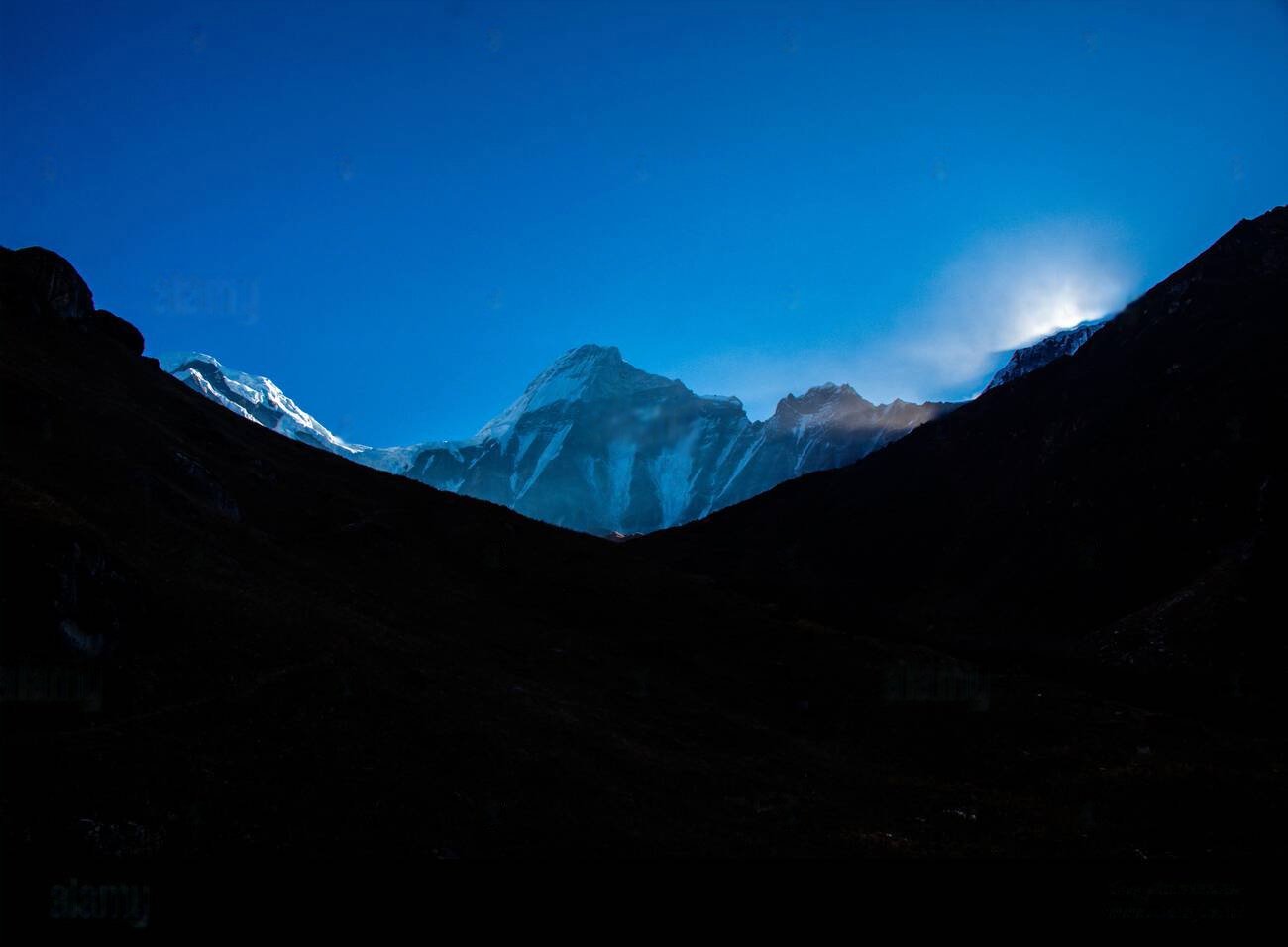
From $0
Price Varies from Group Size
Success
Here goes about why the success toast occurred.
 Itinerary
Itinerary
Arrival in Kathmandu (1,400m)
Kathmandu to Dhangadhi (110m)
Dhangadhi to Dadeldhura (1,500m)
Dadeldhura to Darchula (915m)
Darchula to Sunsera (1,700m)
Sunsera to Sitaula (2,250m)
Sitaula to Gulalek (2,950m)
Acclimatization Day in Gulalek
Gulalek to Dharamsal (3,200m)
Dharamsal to Khandeshwori (3,600m)
Khandeshwori to Api Base Camp (4,850m)
Exploration Day at Api Base Camp
Api Base Camp to Khandeshwori (3,600m)
Khandeshwori to Dharamsal (3,200m)
Dharamsal to Gulalek (2,950m)
Gulalek to Sitaula (2,250m)
Sitaula to Darchula (915m)
Darchula to Dadeldhura (1,500m)
Dadeldhura to Dhangadhi (110m)
Dhangadhi to Kathmandu
Departure from Kathmandu
 Services
Services
Includes
- Specialized bilingual guide with Far West expertise
- Private transport where available
- All domestic flights (Kathmandu-Dhangadhi-Kathmandu)
- All ground transportation as outlined in the itinerary
- Daily meals during the trek: breakfast, lunch, and dinner
- Services of experienced guides, cooks, and porters during the trek
- All essential trekking permits, including restricted area permits for Far West Nepal
- Camping equipment (tents, dining tent, toilet tent)
- Accommodation throughout the trek (hotels, guesthouses, camping)
Excludes
- Additional accommodation due to unexpected delays or flight cancellations
- Comprehensive travel and medical insurance for remote trekking
- Gratuities for the guides, porters, and trekking support staff
- International flights and entry visa fees for Nepal
- Personal trekking equipment and gear (sleeping bags, jackets, etc.)
- Extra food and drinks beyond the standard meal plan
- Emergency evacuation services
 Good to Know
Good to Know
Train 4-6 months in advance with focused cardio, hiking with weighted packs, and altitude preparation if possible. This extremely remote trek demands superior fitness and mental preparedness compared to standard Himalayan routes. Pack comprehensive medical supplies including broad-spectrum antibiotics (with physician consultation). Bring sufficient cash as there are no banking services beyond Darchula. Cultural sensitivity is paramount—learn basic Byasi greetings, dress modestly, and always seek permission before photographing people or religious sites.
Wildlife Encounters
Himalayan tahr on rocky slopes
Musk deer in forested regions
Red panda in bamboo forests (rare)
Himalayan black bears (rare sightings)
Snow leopards (extremely rare)
Numerous alpine bird species
Himalayan marmots
Red fox and other small mammals
 Reviews
Reviews
 FAQs (Frequently Asked Questions)
FAQs (Frequently Asked Questions)
Your queries are answered.
Do I need trekking experience?
Yes, substantial previous high-altitude trekking experience is essential. This trek is not suitable for novices due to its remoteness, challenging conditions, and limited support infrastructure.
What is the best time of year for this trek?
April-May (spring) and October-November (autumn) offer the best conditions. Spring features spectacular rhododendron blooms, while autumn typically provides the clearest mountain views. The monsoon season (June-September) makes trails dangerous, while winter (December-March) brings extreme cold and potential snow blockages.
How do I prevent altitude sickness?
Strictly follow the acclimatization schedule, maintain excellent hydration (5+ liters daily), ascend gradually, and immediately report any symptoms to your guide. Pre-trek consultation with a travel medicine specialist is mandatory, and prophylactic medications should be discussed.
What type of accommodation can I expect?
This trek primarily involves camping in wilderness settings, with occasional basic teahouses or homestays in villages. Facilities are extremely rudimentary compared to popular trekking regions, with minimal amenities beyond what your trekking crew provides.
Is it possible to shower during the trek?
Hot water for basic washing will be provided by your trekking crew, but proper showers are unavailable throughout most of the trek. Biodegradable wet wipes and dry shampoo are essential packing items.
How reliable is the Wi-Fi and phone connectivity?
There is no WiFi connectivity beyond Darchula. Mobile phone coverage is non-existent throughout most of the trek. Your guide will carry a satellite communication device strictly for emergency purposes.
Can dietary restrictions be accommodated?
Basic dietary restrictions can be accommodated with advance notice, though variety will be extremely limited. Those with strict dietary requirements should discuss this in detail during the booking process and may need to bring supplementary food items.
How much should I budget for the trek?
Beyond the package cost, budget approximately $200-300 for contingencies, though spending opportunities are extremely limited once the trek begins. This buffer is primarily for unexpected situations rather than regular expenses.
How much should I tip the guides and porters?
Tipping is customary and a significant part of crew income. A general guideline is $15-20 per day for guides and $10-12 per day for porters, typically given at the end of the trek. For this remote expedition, slightly higher tips than standard Nepal treks are appropriate.




